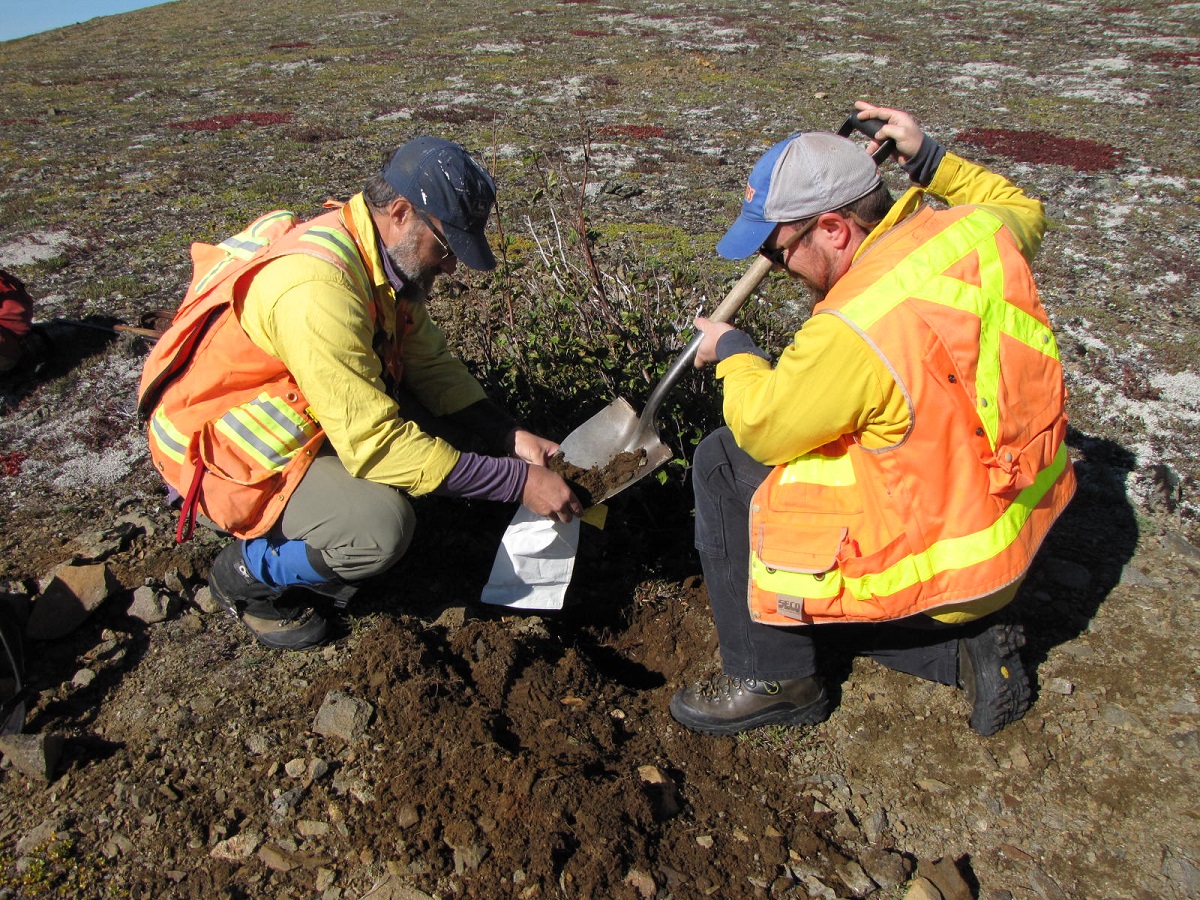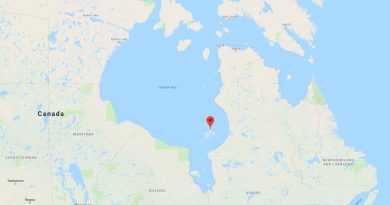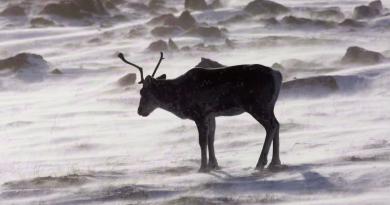Federal geologists to update oil potential in northern Alaska

Spurred by a president who wants oil companies to drill in the Arctic National Wildlife Refuge, federal geologists have begun poking around the controversial Alaska coastal plain, collecting oil-soaked rocks to help update the area’s petroleum potential.
The recent fieldwork adds to studies already underway by the U.S. Geological Survey. The work is helping geologists get a jump-start on Interior Secretary Ryan Zinke’s order in May seeking updated oil and gas assessments of the 19 million-acre refuge.
Zinke also wants an update to the oil and gas potential of the refuge’s North Slope cousin, the 23 million-acre National Petroleum Reserve in Alaska.
In a project that was already underway before Zinke’s order, USGS geologists over the last year have gotten their hands on an “unprecedented” number of oil samples from companies, said David Houseknecht, project chief for the U.S. Geological Survey’s Energy Resources Program for Alaska.
None of those industry oil samples are from the refuge coastal plain in northeast Alaska, where drilling is prohibited without congressional approval.
Collaboration with oil companies
Still, the USGS has collected about 40 oil samples from companies that have drilled large sections of the North Slope. It’s the most diverse array of oil samples from the region to ever enter the public realm, Houseknecht said.
“It’s like a breath of fresh air,” he said. “A lot of doors have swung open.”
Independent oil companies that are new to the North Slope, and have limited in-house expertise for analyzing rocks and oil, are playing a key role, he said.
“They feel like they can share samples that benefit us, and we give back analyses — and that benefits them,” he said.
Denver-based Armstrong Oil and Gas, which announced a large discovery in 2015 east of the petroleum reserve, has shared a sample of its crude oil, Houseknecht said.
The North Slope newcomers have also provided large rock cores, obtained from drilling, for the first time, Houseknecht said.
The samples are bigger than the rock chips provided by companies in the past and allow more thorough analysis to be done, he said.
Looking for geological traps
The goal is analyzing oil and rock samples and seismic data to better predict where oil might be trapped underground and in what type of geologic structures, he said.
The Interior Department has not yet released a formal plan for conducting the assessments. The USGS and other branches are working on it, said Heather Swift, an Interior spokeswoman.
Zinke’s May order “lights a fire” to accelerate the agency’s ongoing efforts, Houseknecht said.
The agency’s petroleum assessment of the refuge has not been updated since 1998. The 1.5 million-acre coastal plain might contain 7.7 billion barrels of oil, it said.
For two weeks starting in late July, Houseknecht and others hopscotched across the North Slope by helicopter, collecting samples of rock from oil-saturated stones at the surface. They’re analyzing that oil with new technology.
The agency also plans to use high-tech equipment to reprocess data collected from the last seismic survey in the refuge in 1984 and 1985.
The new information won’t show whether ANWR reservoirs contain oil. But it can help resolve “big question marks,” including what geological traps might exist and whether those traps could host oil, Houseknecht said.
New discoveries and years-old data
The agency last issued an NPR-A assessment in 2010. The undiscovered oil potential was estimated at 900 million barrels.
Three large, new discoveries have been announced over the past two years in the area, including Armstrong’s Pikka field. Because of those discoveries, USGS was already working to update the oil and gas potential of two little-explored reservoirs that exist partly within the petroleum reserve, the Nanushuk and the Torok.
Tests of Armstrong’s oil, from the large Pikka discovery, have shown it flows easily enough for commercial development, Houseknecht said. Armstrong said in 2015 its field could produce 120,000 barrels of oil daily.
More data is also becoming available to geologists, thanks to state disclosure rules associated with Alaska’s tax credit program. Companies are releasing years-old seismic data for the first time, collected from fields outside ANWR where companies benefited under the credit program.
The state last fall released one set of seismic studies from the North Slope for an area south of Prudhoe Bay. The Division of Oil and Gas announced Wednesday it will release several more seismic studies, from past North Slope exploration efforts, in the coming weeks.
“We’re putting together the pieces of a puzzle and trying to make better sense of it each time,” Houseknecht said.
Related stories from around the North:
Canada: Inuit and Canadian government agree on Arctic conservation area, Radio Canada International
Finland: U.S. pullout from Paris climate pact condemned by Finnish leaders, Yle News
Germany: Cheap oil from the Arctic? Fake news, says climate economist Kemfert, blog by Irene Quaile, Deutsche Welle
Norway: Greenpeace activists released after oil protest in Norway, The Independent Barents Observer
Russia: Moratorium on Arctic offshore licenses will continue, says Russian minister, The Independent Barents Observer
Sweden: Sweden’s climate minister : U.S. withdrawal from Paris sends a bad signal, Radio Sweden
United States: U.S. congressmen look for ways to open up Alaska’s natural resources, Alaska Dispatch News



